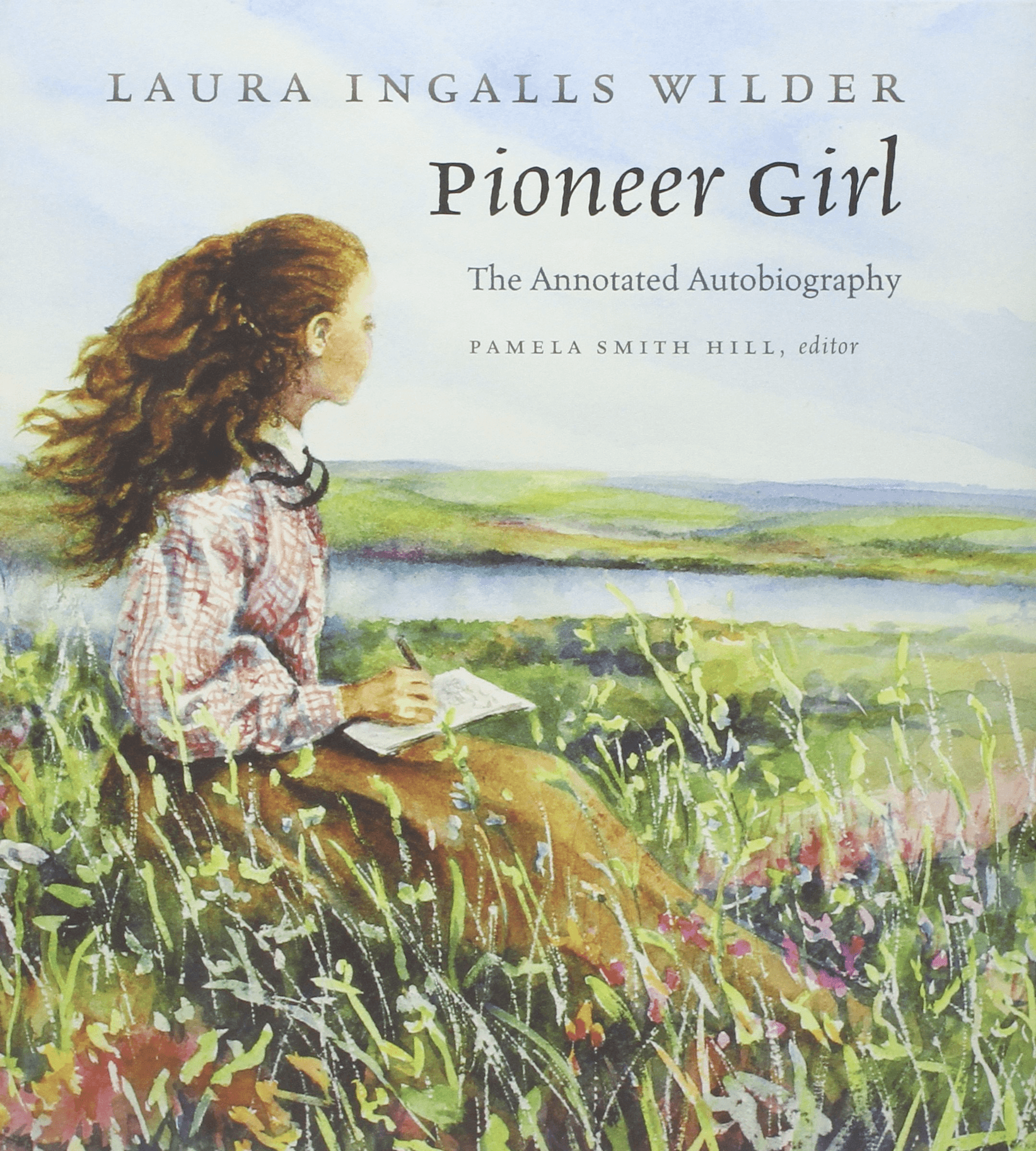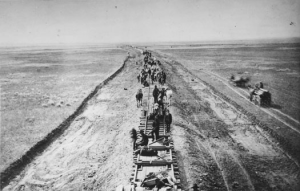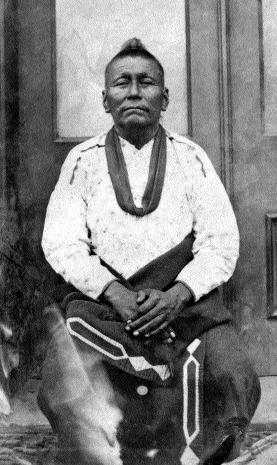In honor of the Laura Ingalls Wilder Award being renamed, I’m moving my discussion of the Little House books forward in the queue.

 There is a whole genre of semi-autobiographical books reflecting back on the era between the Civil War and WWI. (More on this in another post.) The giant of the genre, of course, is the Little House series, but they weren’t the first. The real progenitor is the now-neglected Newbery Honor book, The Jumping Off Place. Noteworthy here is that Jumping Off Place was about South Dakota homesteading, and was published in 1929. It probably suggested to Wilder that her own story might be marketable.
There is a whole genre of semi-autobiographical books reflecting back on the era between the Civil War and WWI. (More on this in another post.) The giant of the genre, of course, is the Little House series, but they weren’t the first. The real progenitor is the now-neglected Newbery Honor book, The Jumping Off Place. Noteworthy here is that Jumping Off Place was about South Dakota homesteading, and was published in 1929. It probably suggested to Wilder that her own story might be marketable.
 Some time around 1929-30, when she was in her ’60’s, Wilder started writing the story of her childhood. Her first manuscript was a non-fictional account called Pioneer Girl (now available in it’s original form, annotated by the South Dakota State Historical Society). It went through several rounds of editing, and then was reworked by Wilder and her daughter for the children’s market. The comparison between original and final versions is instructive.
Some time around 1929-30, when she was in her ’60’s, Wilder started writing the story of her childhood. Her first manuscript was a non-fictional account called Pioneer Girl (now available in it’s original form, annotated by the South Dakota State Historical Society). It went through several rounds of editing, and then was reworked by Wilder and her daughter for the children’s market. The comparison between original and final versions is instructive.
First, let’s back up and look at the larger historical picture. The experience that Wilder was writing about — the white settlement of Minnesota and the Dakotas in the late 1800’s — was not really westward expansion. Already at this time, Americanized California was booming and modernizing: the University of California had been founded, San Francisco had cable cars and Golden Gate Park, and Santa Barbara was a vacation resort for the rich. The two coasts were connected by the transcontinental railroad and the telegraph. Yellowstone, 600 miles west of the Ingalls’ furthest settling place, was a National Park. So this wave of settlement was not pioneering. It was what you might call “infill,” in a region that was already considered flyover country.

Further, this settlement was not a grass-roots movement driven by a spirit of adventure (though individual settlers may have bought into that romanticized vision); it was incentivized by the government. These were people who, while celebrating their independent spirit, were also singing a popular song with a chorus of “Uncle Sam is rich enough to give us all a farm.”
The settlers followed the railroads, built houses and stores where the railroad company had “platted” towns every few miles, and tried to farm — often unsuccessfully, because they didn’t understand the ecosystem — on land that the government had maneuvered them onto. It should have been obvious that this was not succeeding: towns that were only ten or fifteen years old were seen as worn out. But it took another century for the idea to get serious traction, that this artificial, subsidized “pioneering” was a long-term failure (https://en.wikipedia.org/wiki/Buffalo_Commons).

In this context, we can consider the ways that Wilder’s books stray from the truth. These stories were not merely fictionalized in a benign sense (for example, the recurring characters of Mr. Edwards and Nellie Olsen were fabricated for narrative continuity, which is perfectly acceptable literary license), but seriously distorted what the Ingalls’ life was like.

To begin with a rather important falsehood, LAURA INGALLS NEVER LIVED IN THE BIG WOODS. The Ingalls’ property was several miles south in more settled territory, quite close to the the nearest town and less than a mile from a school, which Laura and Mary attended. (Successive editors moved the family closer and closer to the woods, until the final version placed them actually in it.) In fact, Laura spent virtually all of her childhood in towns or on their outskirts, notably Walnut Grove MN, Burr Oak IA, and De Smet SD. The two exceptions were the Ingalls family joining a rush of illegal squatting on the Osage Diminished Indian Reserve in Kansas when Laura was a toddler (Little House on the Prairie); and a half-year spent at railroad construction sites in the Dakota Territory (By the Shores of Silver Lake). This half-year consisted first of Charles Ingalls working an office job for the railroad company, and then the family wintering in a company building at the future location of De Smet, eating heartily from abandoned(?) company provisions, until other settlers arrived in the spring.

But while the books downplay the settlers’ real dependence on society, they also downplay how destabilizing it was to be removed from the larger culture. These settler towns were communities where the justice of the peace might have only a grade-school education; the minister might be an embezzler; the principal of the high school might be a 16-year-old boy; and the doctor might be supplying whiskey to a town full of recovering alcoholics. All these and more occur in Wilder’s original manuscript, along with domestic abuse, public violence, serial killers, vigilante justice, mental illness, poverty, and despair. Even Pa Ingalls showed a dishonest streak. (Incidentally, almost none of Laura’s idolization of Pa comes through in the original manuscript. Again and again, help, companionship, and words of wisdom that actually came from various women, were reassigned to Pa in the finished books. Hat-tip to the editors of Pioneer Girl for drawing my attention to this point.)

Ahhh! Wounded in the heart I am!!
Your cynicism slays me!
Are you going to discuss or review any of the other semi-historical biographies and auto biographies? I would love a list of them to seek out and love or spurn on my own time.
Yep, I’ve got material on Caddie Woodlawn, Roller Skates, Betsy-Tacy, All-of-a-Kind Family . . .
And yes, I am cynical on purpose to slay you. I always figured that was what you liked about me. 😘